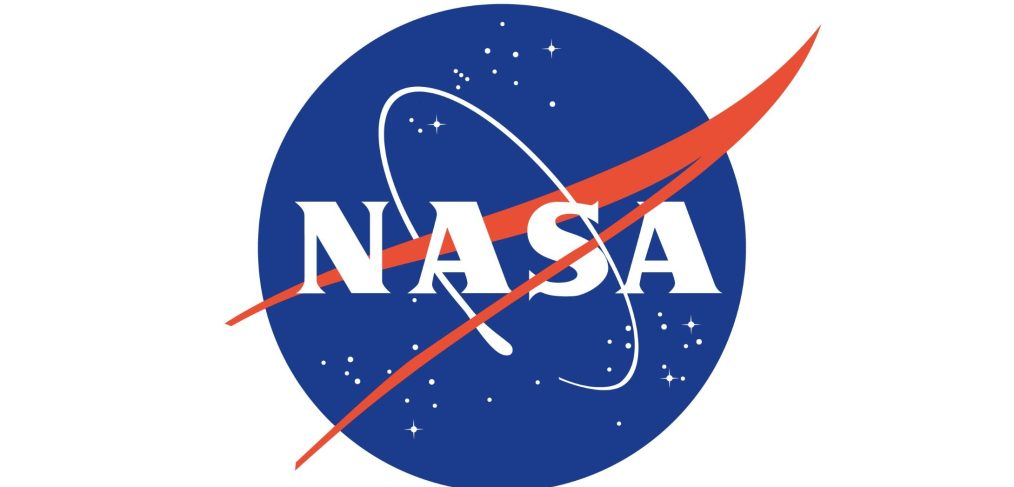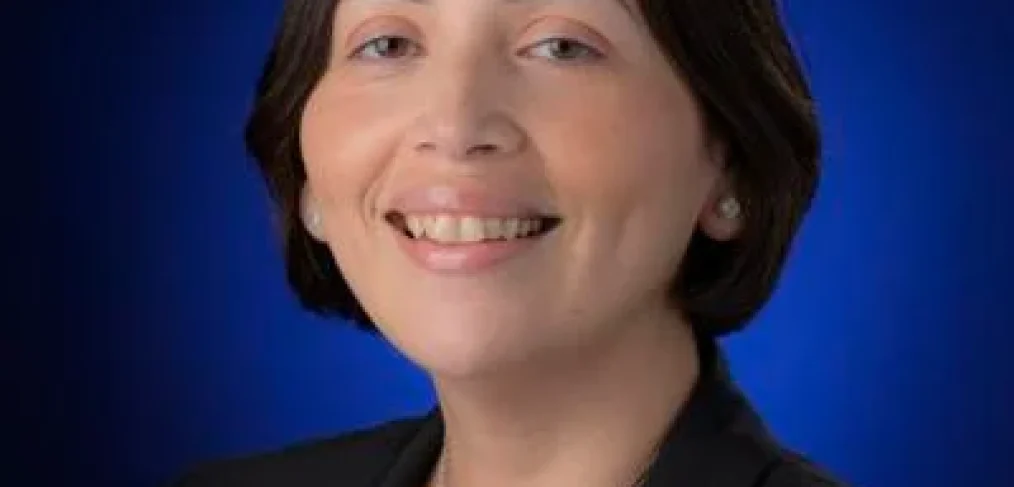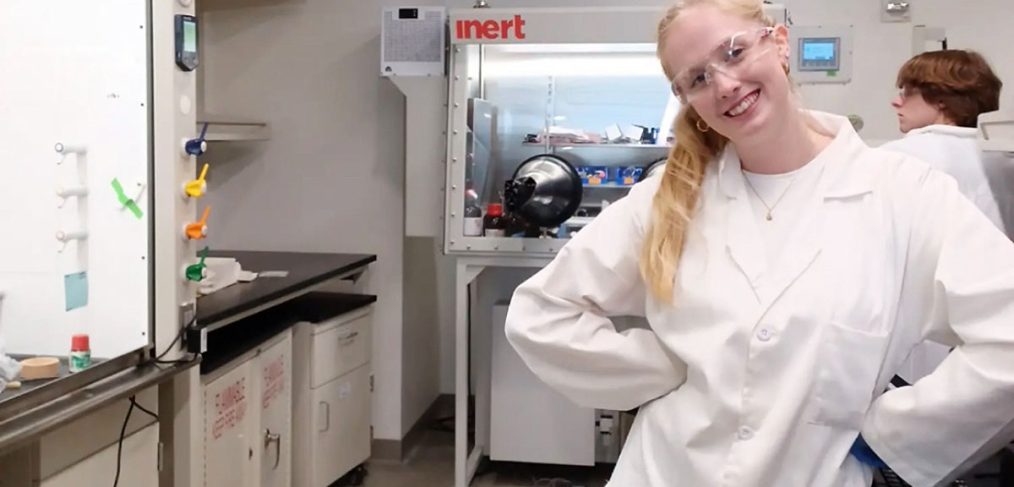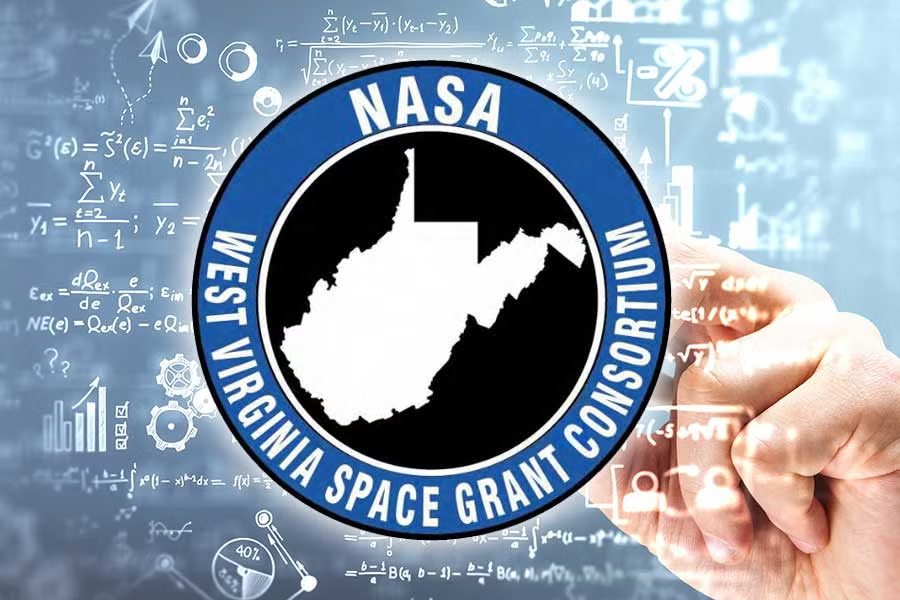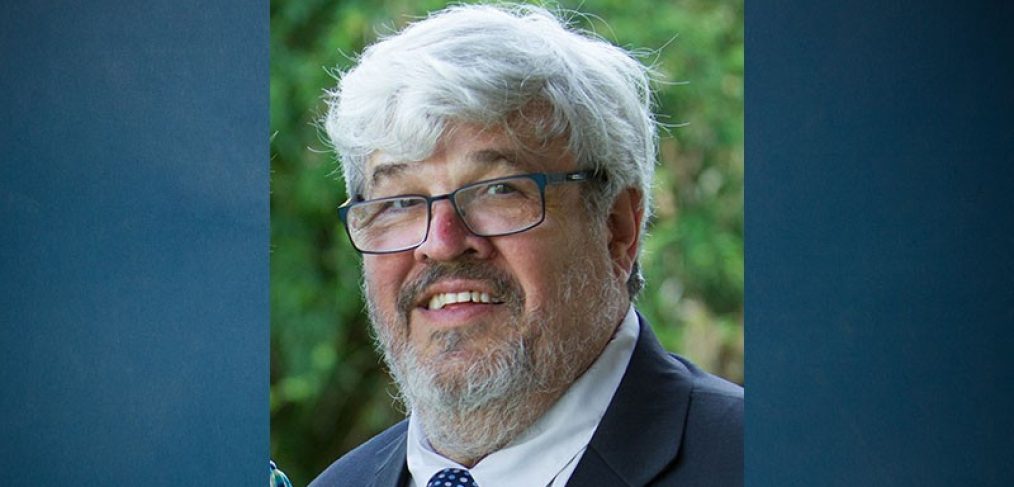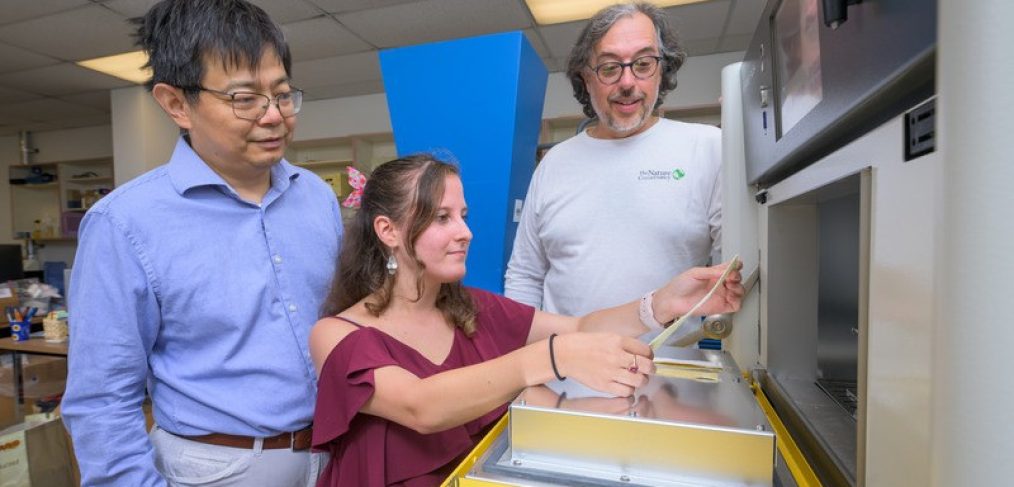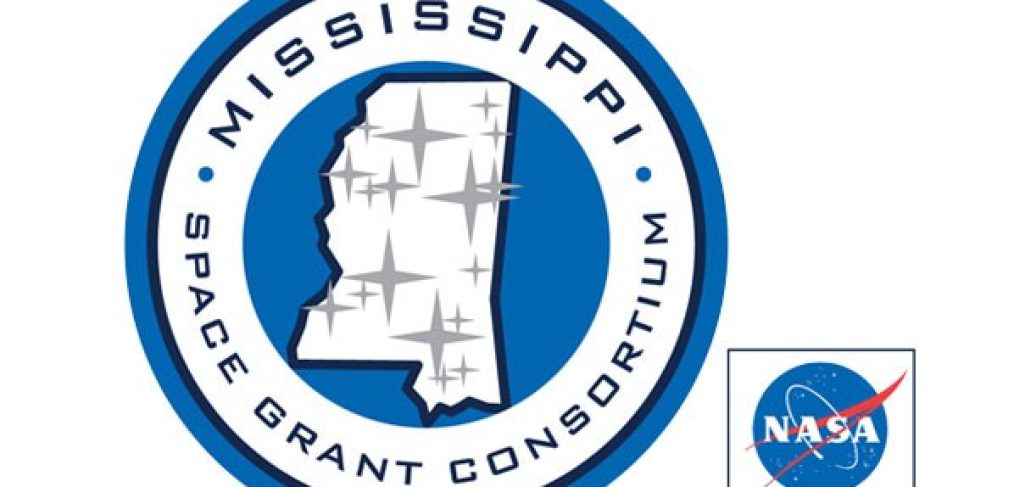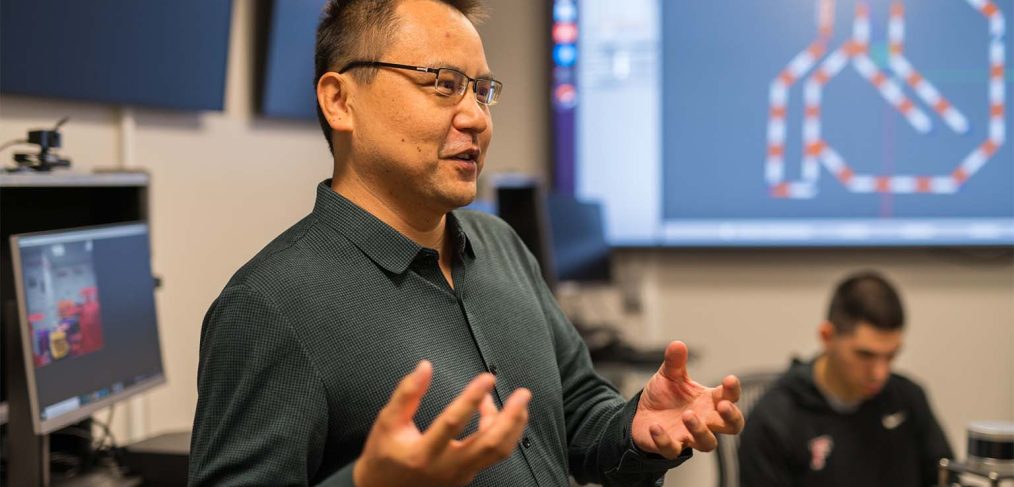Anabel Scarlet Xiaoyu Byars, a senior at the University of Alabama at Birmingham from Vestavia Hills, is one of seven UAB undergraduate students who was awarded a NASA Alabama Space Grant Consortium scholarship this year.
Designated as NASA Space Grant Scholars, each of the students demonstrated a proficiency in research and an aptitude for space-related careers. They have been awarded scholarships ranging from $750 to $1,500, and each student will conduct an outreach activity to educate and inform the surrounding community about science and technology.
Byars is a member of the UAB Honors College and is in an accelerated program that allows her to take courses that simultaneously count toward her bachelor’s degree and master’s degree. She is completing her bachelor’s degree in neuroscience and earning a master’s degree in biology.
Read the full article on vestaviavoice.com
Original Post Date: 12.2.25
Author Credit: vestaviavoice
Image Credit: NASA


